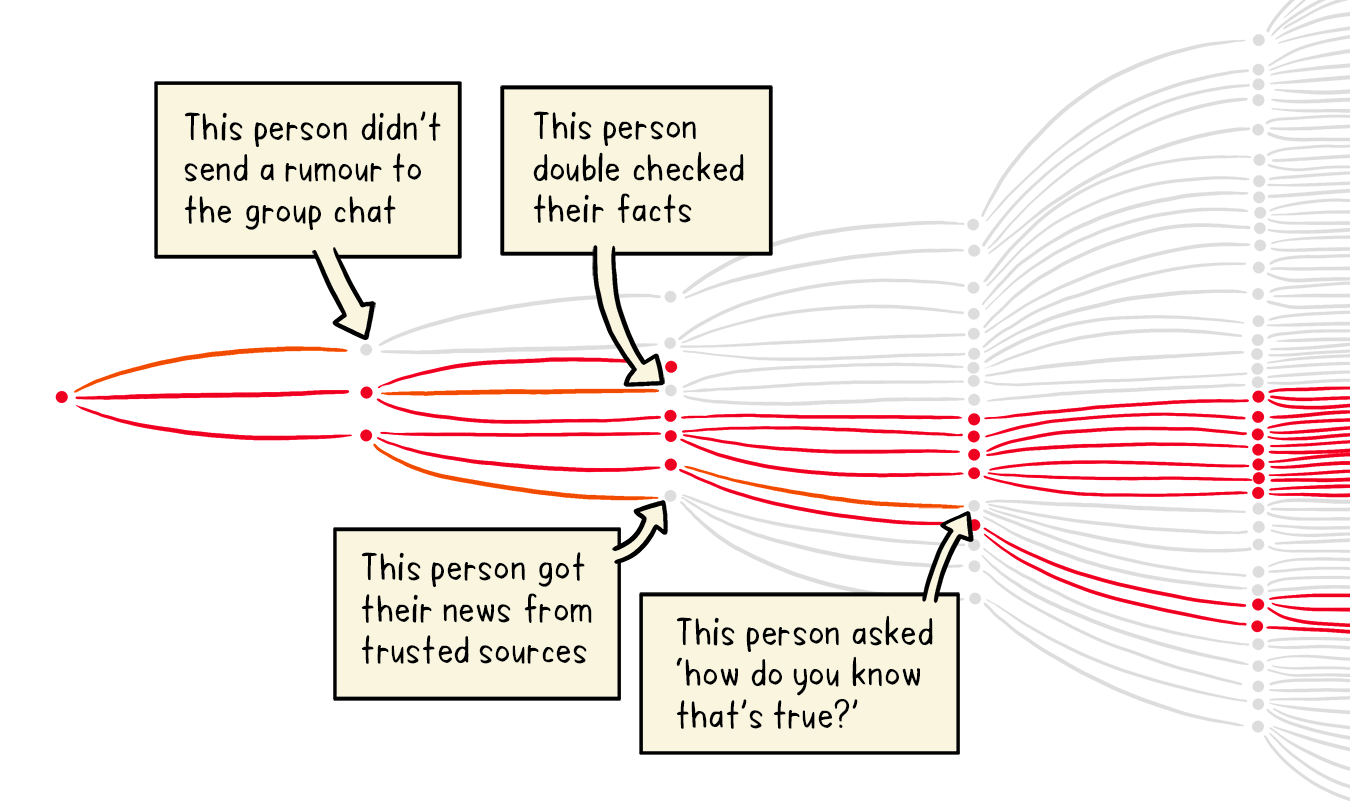It has been 64 years since Jonas Salk first developed and tested his Polio vaccination which eradicated that disease in the Americas. Pretty strong evidence in support of vaccination many would agree. According to Health Canada, vaccinations have saved the lives of more babies and children in the last 50 years than any other medical intervention. With the exception of safe water, no other modality, not even antibiotics, has had such a major effect on death reduction and population growth.
A vaccine typically contains an agent that resembles a disease-causing microorganism, and is often made from weakened or killed forms of the microbe, its toxins or one of its surface proteins. The agent stimulates the body’s immune system to recognize the agent as foreign, destroy it, and “remember” it, so that the immune system can more easily recognize and destroy any of these microorganisms that it later encounters.
People often question the safety of vaccines. It should be noted that vaccines rarely cause side effects and the most common are pain and swelling at the injection site. (Most kids understand this ‘point’) To reduce vaccine discomfort, children may be given Tylenol or Advil after their vaccination. Vaccines are far safer than the vaccine-preventable diseases they protect against.
It has been suggested that autism and other conditions may be caused by vaccination. With the widespread use of the internet, this type of misinformation can be spread and appear to have validity. The fact is, a child’s first year of life is a time of tremendous growth and development, and it is a time when serious problems may start to appear. It is also the time when most vaccines are given, but this does not mean that vaccines cause these problems. The only study that linked autism to the MMR vaccine was retracted because it was riddled with serious flaws.
Some parents have suggested that the incidence of diseases like mumps and rubella are so infrequent that vaccinations should no longer be required. While its true that our vaccination programs have reduced the incidence to low levels, they still are common in other parts of the world. The World Health Organization recognizes that in other countries reducing immunization rates has led increase in disease. So make sure your vaccinations are up to date. Get your children vaccinated. Take care of yourselves and each other.








